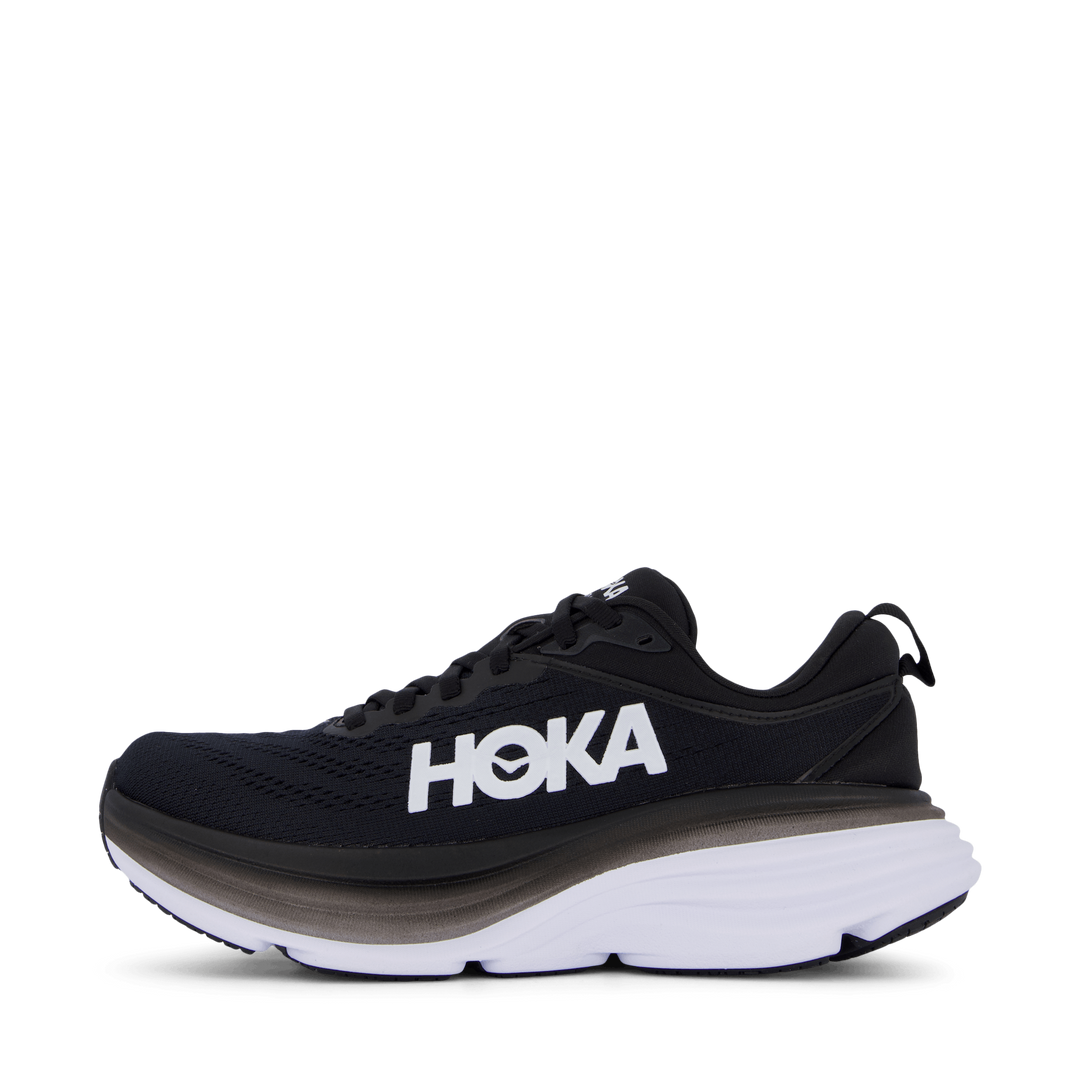
Warm-up Exercises for Running: Prepare Your Body and Prevent Injuries
Why Warm-up is Crucial for Runners
Warming up before you run is essential to prepare your body for the upcoming exertion. A proper warm-up helps:
- Increase blood circulation and oxygen supply to the muscles
- Raise body temperature and make muscles more flexible
- Activate the nervous system and improve coordination
- Reduce the risk of injuries such as muscle strains and tendonitis
By dedicating a few minutes to warming up before each run, you lay the foundation for safer and more enjoyable training. Additionally, a well-planned warm-up routine can help you perform better and achieve your fitness goals faster.
Step 1: Start with Easy Jogging
Begin your warm-up with 5-10 minutes of easy jogging. This helps gradually increase your heart rate and blood flow to the working muscles. Maintain a relaxed pace and focus on deep, relaxed breathing. If you're a beginner or returning from an injury, you can start with brisk walking instead of jogging.
During this phase, it's important to listen to your body and not push too hard. The purpose is to gently awaken your body and prepare it for more intense exercises. Keep your upper body upright and relaxed, with your gaze fixed forward.
Step 2: Dynamic Stretching Exercises
After the easy jogging, it's time to include some dynamic stretching exercises. Unlike static stretching, which involves holding a position for an extended period, dynamic stretching involves movements that mimic the biomechanics of running. These exercises help further increase blood flow, improve mobility, and activate the key running muscles. Some effective dynamic stretching exercises for runners include:
- Forward Leg Swings: Walk forward, kicking each leg up towards your hands held at waist height.
- High Knees: Walk or jog in place, lifting your knees high towards your chest.
- Heel Kicks: Walk or jog in place, kicking your heels towards your buttocks.
- Lateral Lunge with Knee Lift: Step sideways and lift the outer knee towards your chest with each step.
Perform each exercise for 30 seconds to 1 minute, depending on your fitness level. Focus on executing the movements in a controlled manner with good posture.
Step 3: Running Drills
The next step is to include some running drills that help improve your running technique, coordination, and muscle activation. These drills can be performed over a distance of 20-30 meters, with a short rest between each repetition. Examples of effective running drills include:
- Skipping: Jog forward with high knees, bringing your feet up towards your buttocks.
- Heel Kicks: Jog forward, kicking your heels towards your buttocks.
- Lateral Shuffle: Cross your legs in front of each other as you move sideways.
- Backward Running: Run backwards with short, controlled steps.
Perform each drill 2-3 times, focusing on maintaining good posture and a soft landing.
Step 4: Progressive Runs
Finish your warm-up with a few progressive runs. This involves gradually increasing your pace from a jog to a submaximal speed over a given distance. For example, you can perform 3-4 runs over 50-100 meters, increasing your speed for each interval until you reach approximately 80-90% of your maximum speed.
These runs help prepare your body for the upcoming exertion by further elevating your heart rate, body temperature, and muscle activation. Be sure to maintain proper running technique and focus on powerful arm swing and high knees.
Customize Your Warm-up to Your Needs
Remember, your warm-up should be tailored to your individual needs and training goals. Factors such as your fitness level, age, injury history, and weather conditions can affect how long and intense your warm-up should be. As a general rule, the warm-up should be longer and more thorough in colder weather and for higher-intensity running sessions.
Always listen to your body's signals and adjust your warm-up accordingly. If you experience pain or discomfort during the warm-up, stop the exercise and consult a doctor or physiotherapist if necessary.
By dedicating time to a structured and well-planned warm-up, you lay the foundation for safer, more enjoyable, and effective runs. So, the next time you lace up your running shoes, remember to give your body the preparation it deserves – it will pay off in the long run!
Closing Thoughts
A good warm-up is like a warm hug for your muscles – it gets them ready to perform at their best and reduces the risk of injuries. So, take the time to warm up properly before every run, and enjoy the feeling of a body that's ready to conquer the world, one step at a time!












